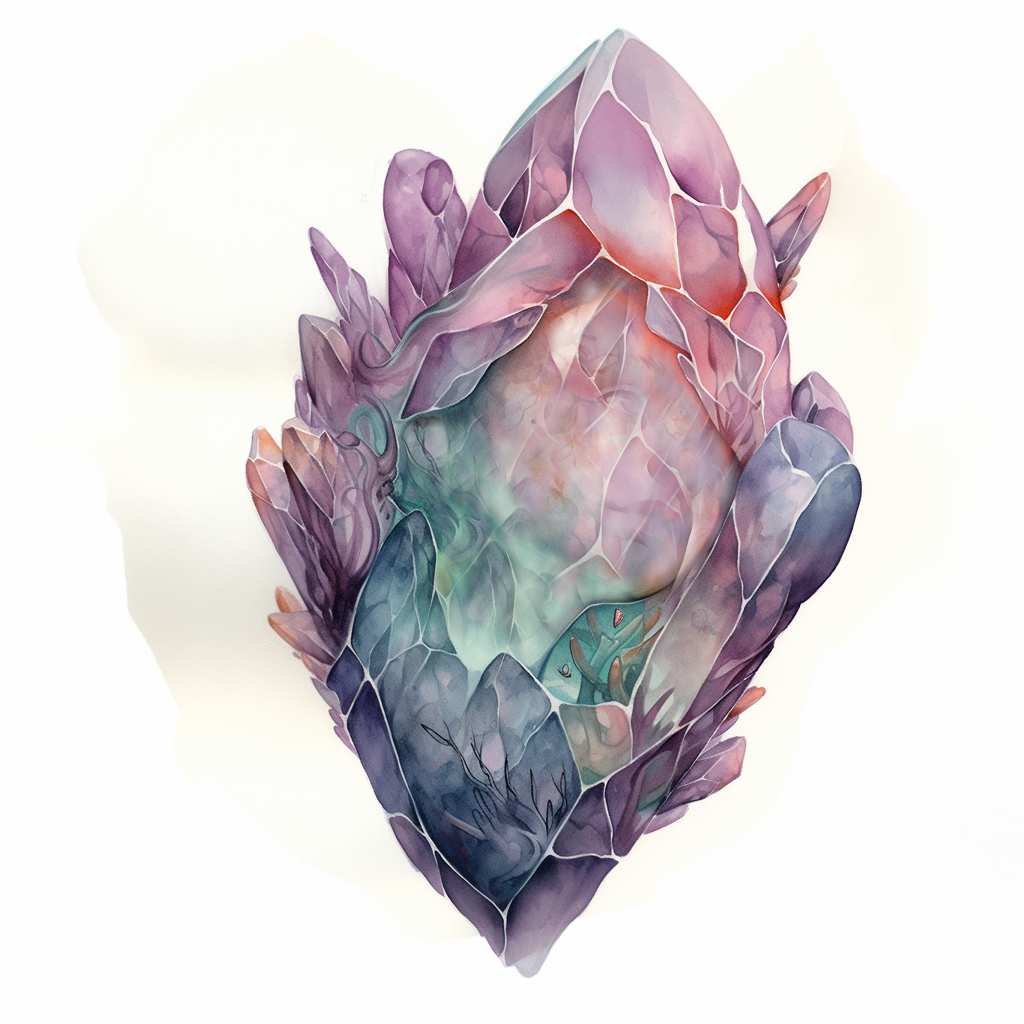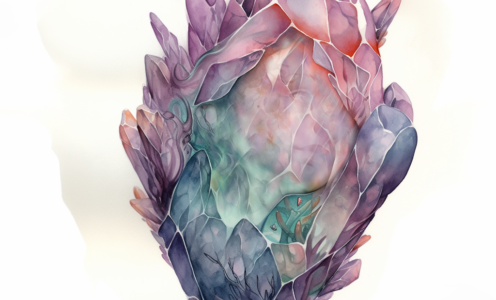“How much for the charming golden horn?”
– Clueless prime
“The key to Mount Celestia? That’ll be seven jinx
– Todrix, planar trader
and a couple of stingers, basher”
“??”
– Prime Berk
That Clinking Clanking Sound
The Planes are a big place, and they’ve got all sorts of things even a blood Prime won’t have seen before. Sure, we call our coins different names from Primes, but we’ve got a lot more currency you just wouldn’t believe. Just watch you don’t get bobbed by some cross-trader trying to palm off dodgy jink.
The rare base metals so often used on the Prime as coinage (gold, silver and the rest) are also the main form of currency in the Cage and most of of the Outlands. Except they’re much more varied. In a handful of gold coins, don’t expect to find two alike. Sure, the Fated mint their own coins with the Lady of Pain on one side (heads) and Duke Rowan on the other (tails, though the Fated do sometimes argue about that), but you’ll find many Prime coins there too. Danters from Amn and Falcons from Sembia rattle alongside Dukes from Bral and Shrikes from the Stellar Main. And then there’s the jink minted by Outland burgs, coins from the Realms of various Powers, stuff from lost civilisations, and much more.
Who accepts what? Not an easy question. Some ‘moralistic’ bodies refuse to accept coins of the Lower Planes, but such principled types usually go out of business in the Cage. As a rule of thumb: so longs as it’s gold, and a decent size, it’ll usually be accepted by merchants. In the infinite planes, the language of jink is one thing that never changes…
All That Glisters
‘Course, Cagers call their coins different names to Primes. There’s no use calling them Ladies or Rowans because most of them ain’t. The names Planars do give coins are rather interesting though…
Greens
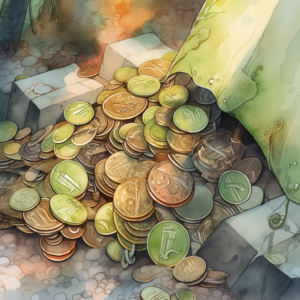
(1 cp)
Primes call them coppers but out here, they’re all green. It’s the fiends, see. Their hands turn copper green; its to do with acid sweat or something. Anyway, you’re as likely to find an old copper coin tarnished with a green crust as not, so they’re known to most as ‘greens’. Some cutters (usually Primes) prefer using green copper to the fresh minted coins; they reckon it makes them look exotic and well-travelled. Berks.
Stingers
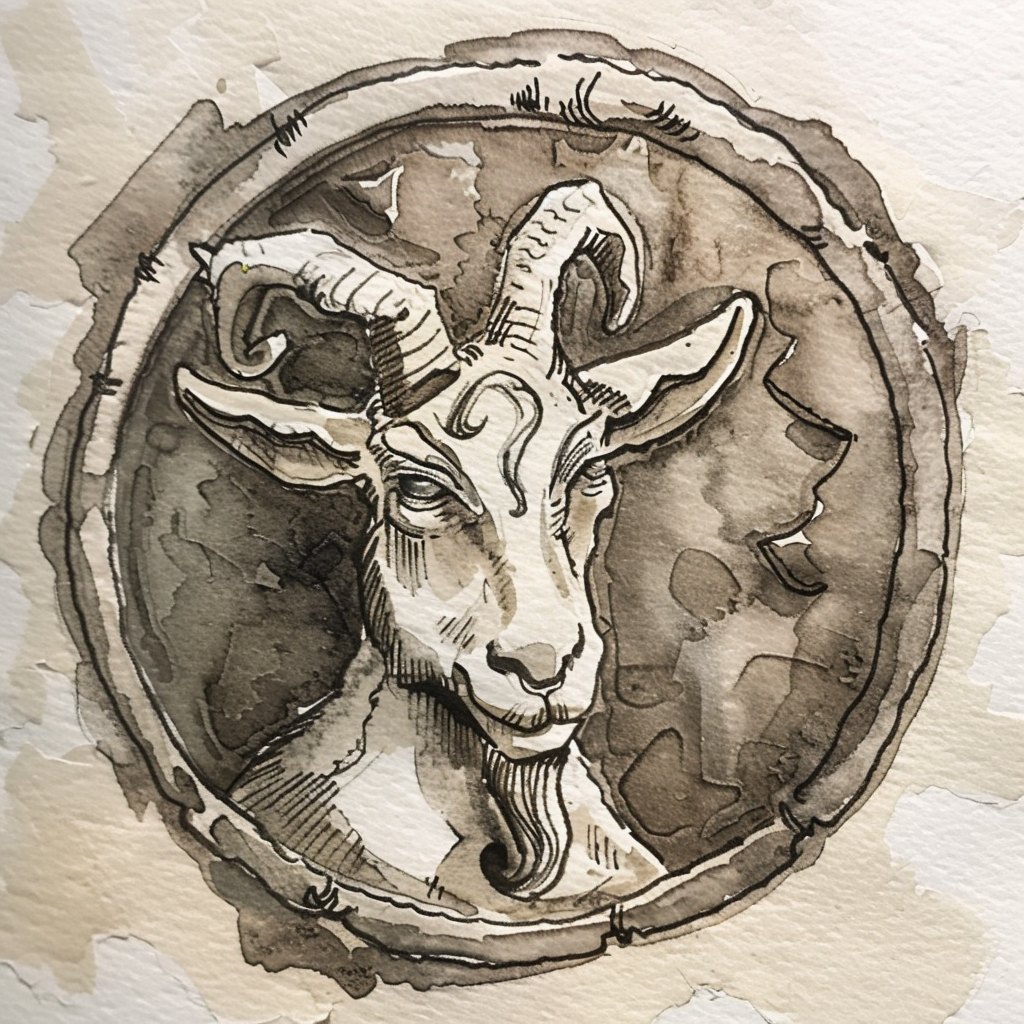
(1 sp)
A berk’d be right if he said there’s a curious paranoia about fiends in the Cage, because they’re the root of this name too. Apparently, fiends find silver painful to touch, (or at least some of ’em do), so they usually refuse to use it. It makes sense when you figure that silver weapons hurt them like magic ones. Folks call silver coins ‘stingers’ and laugh behind the fiends’ backs. It’s considered very bad form, even dangerous, to pay a fiend in silver, and most folks use alternative coins of similar value if they owe fiends money, such as Grey Ice.
“So what’s that in silver?”
– Last words of Kelmak of Krynn, garnishing a baatezu
Baubles
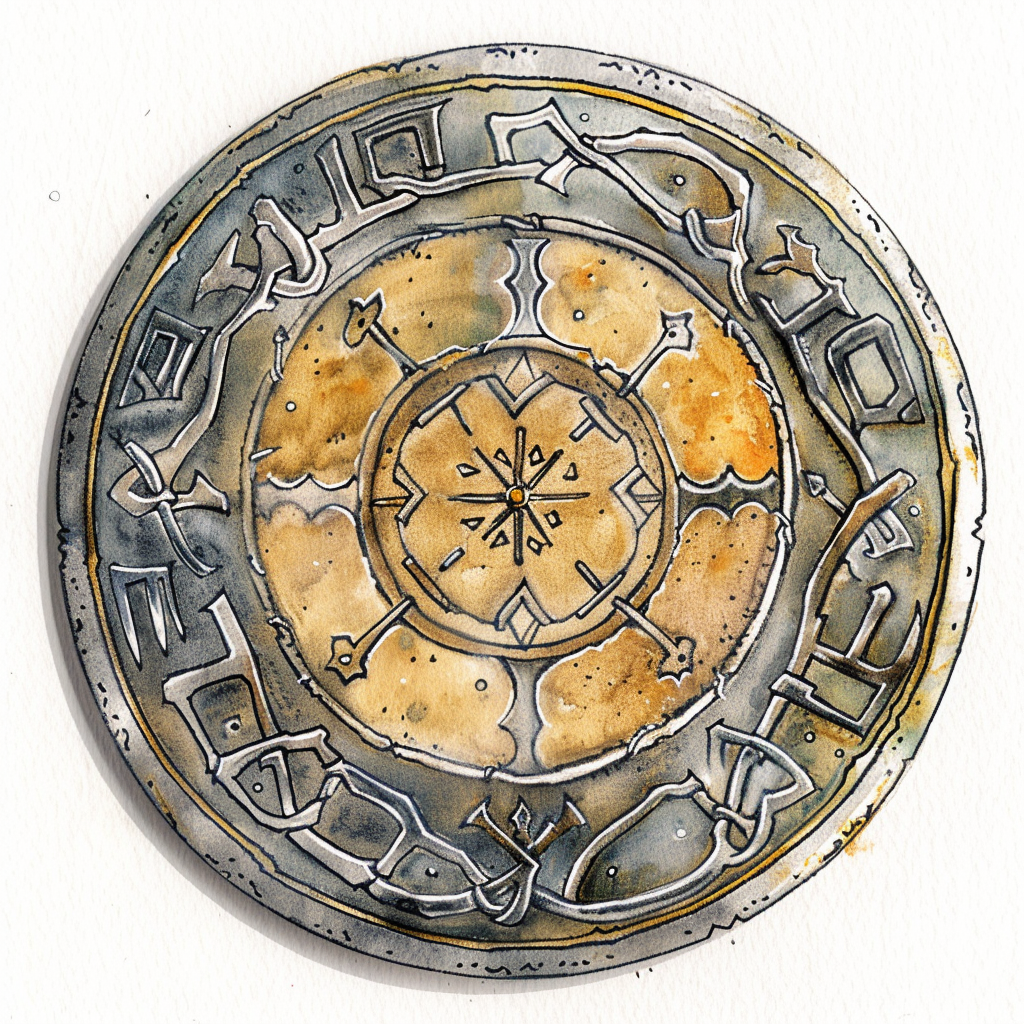
(1 ep)
These coins are called electrum by Clueless sods. They’re made of an alloy of silver and gold, and consequently aren’t very popular with either fiends or aasimon. Many traders won’t accept them as payment, and most folk regard baubles as pretty but useless as coins. See, they’re also easy to fake, because there’s no standard ratio of gold and silver in electrum from the Primes. Only an addle-coved trader would accept 90% silver coins as electrum, and short of melting them down, there’s no easy way to tell how much silver (or silver-coloured metal) there is in one. Primes who become touchy about Cagers not taking their money will be politely told they’ll be counted the same as silver.
Jinx

(1 gp)
The common name given to gold. This name has two meanings; the first and most obvious is a corruption of the slang term for money: jink. The second is rooted in an ancient aasimon belief that gold is the root of greed and hence an unlucky metal. Also, fiends use it frequently for transactions (partly because they can’t use silver), adding to the superstition. Thus, gold is sometimes avoided on the Upper Planes, whose inhabitants use Glitterglass as a substitute. Jinx is both the singular and plural form.
Merts
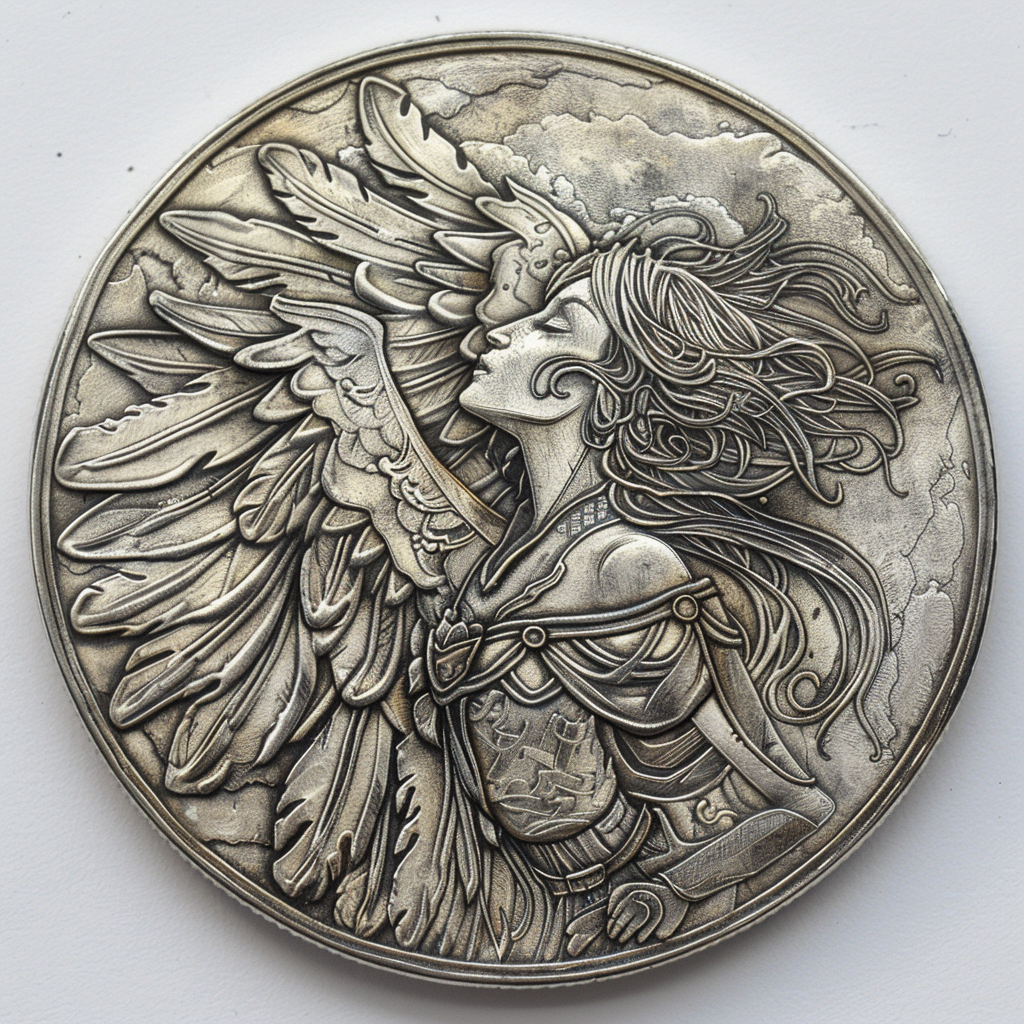
(1 pp)
Called platinum by the Primes. Merts are so-named after Mertion, the Platinum Heaven on Mount Celestia. As such, Celestians tend to find the term quite offensive; they consider it degrading that something as base as money should be named after such a perfect place as Mertion. Merts are the preferred form of currency for large transactions. Although one mert is a lot of money to most Primes, its easy to find things expensive enough in the Cage to warrant the use of platinum: information, magic, imported equipment, or mercenaries.
More Outlandish Coinage
It ain’t just the names of coins that Primes have to get used to though, berk. There’s lots of other ways to pay for things on the Planes, and a cutter’d be smart to wise up to some of ’em:
The Sigil Torus

(2 gp in Sigil, 5 sp elsewhere)
Made of gold, the torus is a doughnut-shaped (or Sigil-shaped) coin, with a central hole just big enough to fit an index finger through. They’re often worn on strings around the necks of shoppers, out of the sight and reach of pickpockets. A Torus is worth two jinx in Sigil, but just five silvers outside of the City of Doors (they contain less gold due to the hole, see).
Lodestar
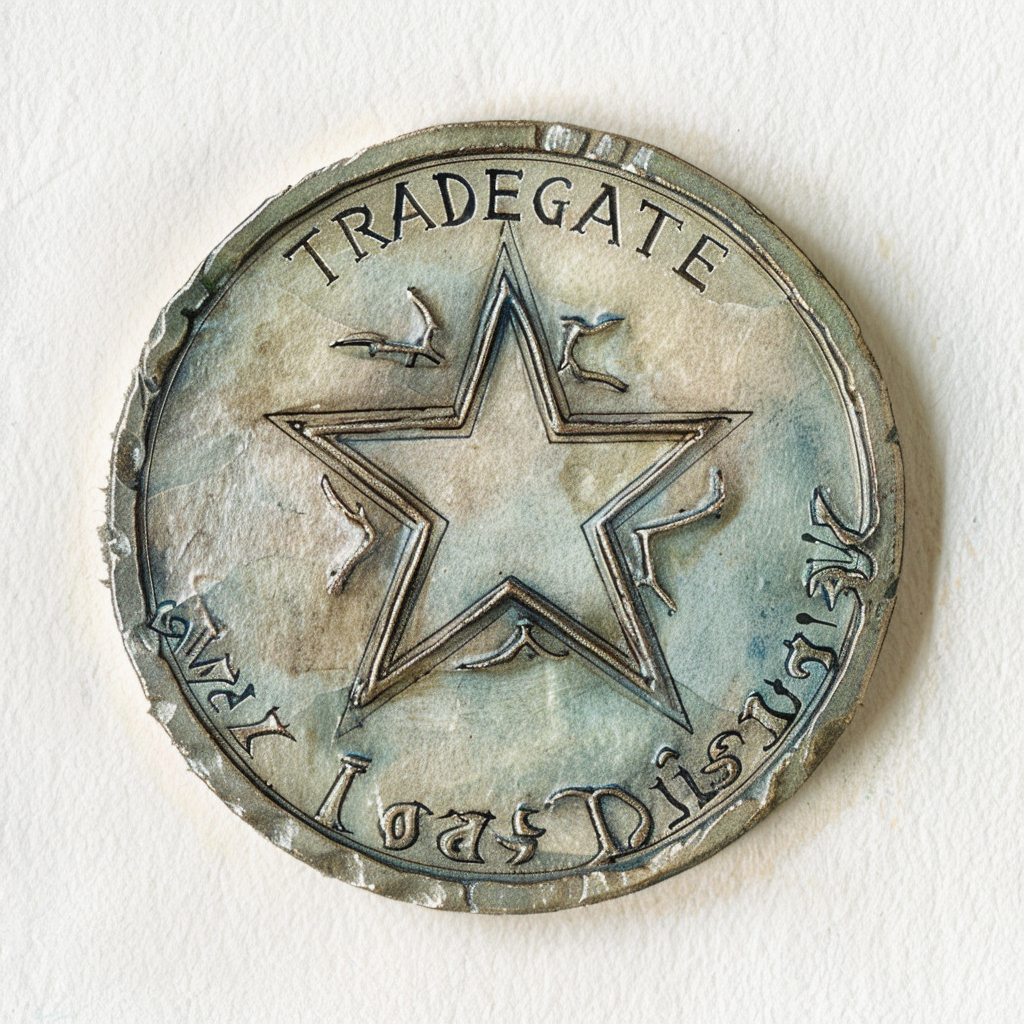
(1 gp)
These are the same size and shape as normal coins, but are made of cobalt. This means they can be magnetised, and readily stick to ferrous metals like iron and steel. This can be to an owner’s advantage, as it makes them hard to steal if stuck to a chunk of iron in the owner’s pockets, or on the inside of a suit of armour. However, if a berk carries more than one in the same pocket, he should expect them to stick fast together (and he should mind his fingers when they do!) Lodestars are also called stickies, and are worth 1 Jinx each. These coins are believed to have originated from the Elemental Plane of Earth, but in the Outer Planes they’re nearly all minted in Tradegate.
The Sigil Möbius

(100 gp)
This is a rare trade coin used primarily in Sigil, crafted from platinum into a never-ending moebius strip and etched with many runes. Worth 100 jinx, it’s primarily a coin of merchants and bulk traders. Few other folk have ever seen one. Nobody knows who mints the Möbius or the Torus, but both are stamped with the face of the Lady of Pain. Some believe the dabus are behind them, but exactly where the minting factory is located is any blood’s guess.
“Don’t put Acheron steel and stickies in the same bag. You’ll never be able to spend ’em again!”
– Wise words from a tout
Gems
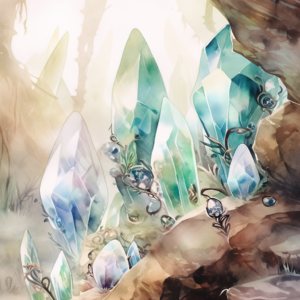
(value varies)
One of the more popular forms of currency out on the Planes are gemstones. They’re a convenient forms of payment, since they’re valuable and small. Thing is, that also makes them all the more attractive to pick-pockets. While on the Prime you’d probably have to sell gems to a specialist jeweller before you can buy things from shops, on the Planes you’ll find that most merchants know how to appraise gems themselves, and they’ll happily accept payment in them. Gehennan diamonds, Tintibulan opals or Bytopian emeralds; you name it and you’ll probably be able to spend it in Sigil’s Great Bazaar. Values range from 10 jinx for the smallest gems up to many thousands for perfect specimens.
Money Doesn’t Grow on Trees (Except in Arborea)
It doesn’t stop there, berk. On planes beyond the Outlands, the currency is still stranger, and all too often those who don’t know their onions (or their exchange rates) get short-changed by unscrupulous knights of the post. Whether they’re accepted in other Planes depends on the coin, the trader, and how Clueless the buyer looks.
Glitterglass
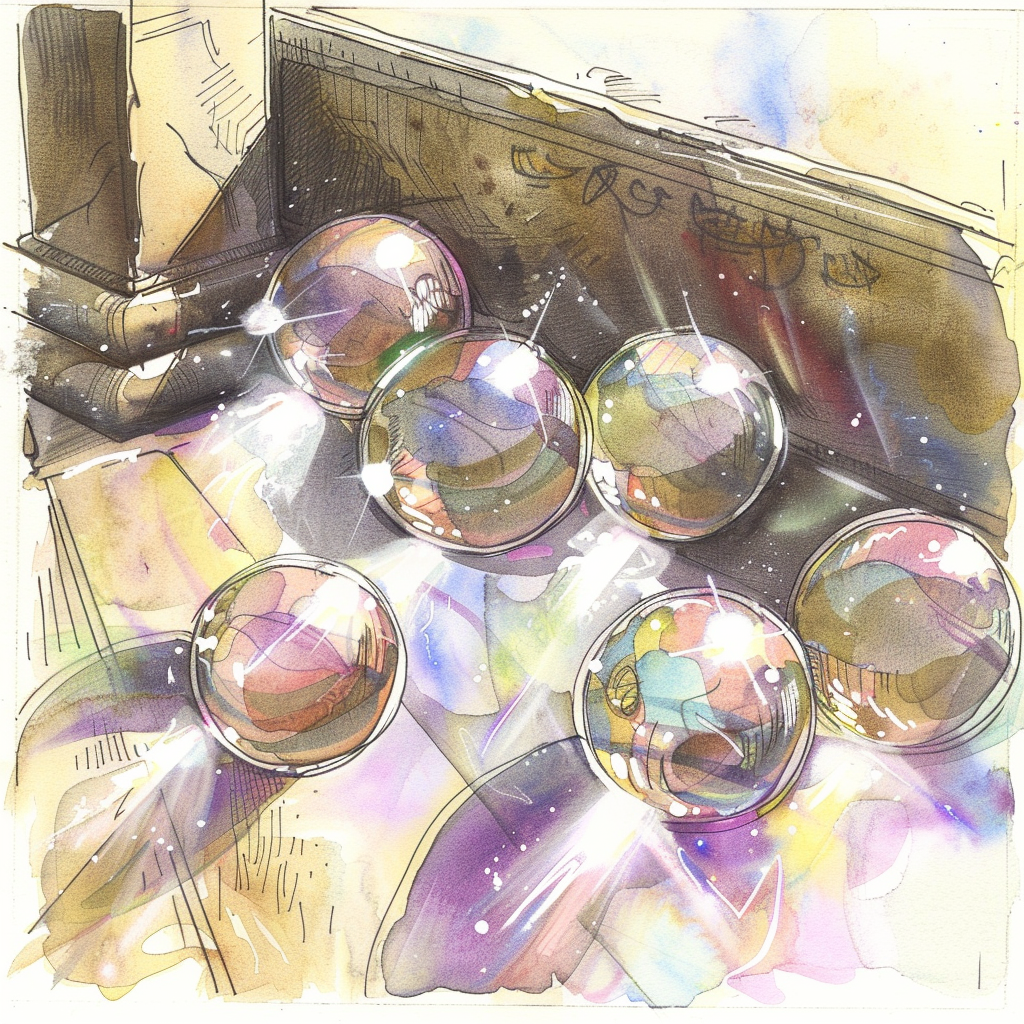
(1 gp)
These are perfect spheres of glass about half the size of an egg. They glow when light is shone upon them, apparently due to phosphorus mixed in with the glass during minting. After exposure to light, they twinkle with a soft radiance for twice as long as the initial exposure. It’s not enough to light up anything else, but it sure looks spooky in the dark. Glitterglass is often minted in Upper Planar Realms, where one sphere exchanges for a gold coin.
Rainbows
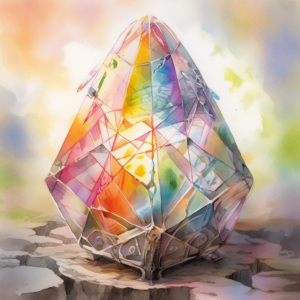
(1 pp)
These are tetrahedral-shaped chunks of carved transparent crystal, like four-sided dice. When held in light, they diffract it into a shimmering rainbow pattern of colours. Some are tinted, but all produce a dazzling spectrum. They are usually pure glass, quartz or amethyst, but all are accepted as the same value: ten gold each (a Mert). Mages are especially drawn to these ‘coins’, as they have a couple of other uses. Apparently, if a light or continual light spell is cast into a rainbow, it has the effect of a colour spray spell for an instant before the rainbow pattern dims to its normal brightness. The prism is not harmed. Rainbows can also be used as a material component for the read magic spell.
Arcadian Bell Coins
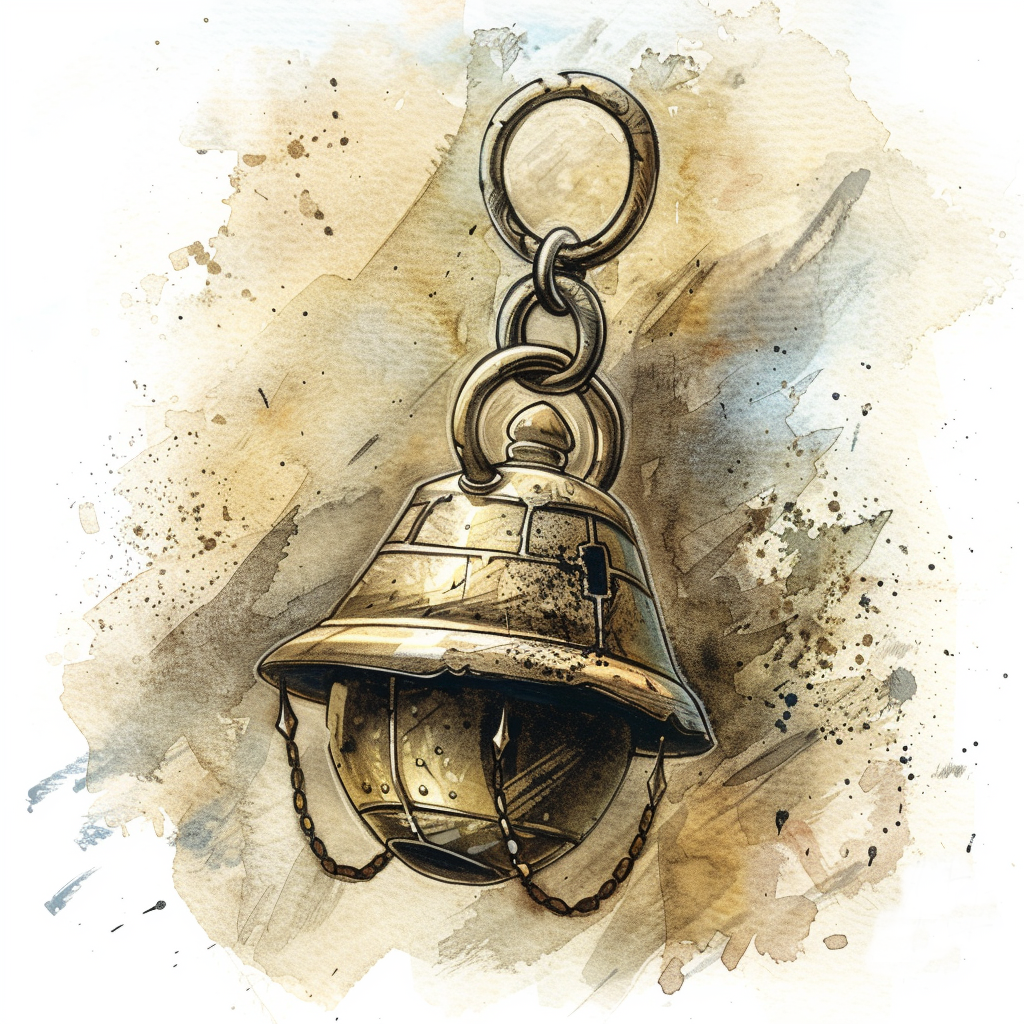
(1 gp or 1 pp)
Some folks say these coins chime simply because they’re beautiful; others reckon it’s to warn the owner when thieves are stealing his jink. Whatever the reason, these hollow brass coins chime if shaken, and every coin carries a slightly different tone. Rattling a handful of them produces a relaxing chorus of sound, so bashers carrying bell coins tend to make soft chiming noises as they walk! Thieves are warned though, because when a basher has a bell coin in his pocket, he’s twice as likely to catch any thieves who try to steal from him. Bell coins are used in Arcadia and Fortitude instead of gold and platinum. Those with the value of gold are brass colour while platinum-value bells are tinted blue and called bluebells.
Pine Coins
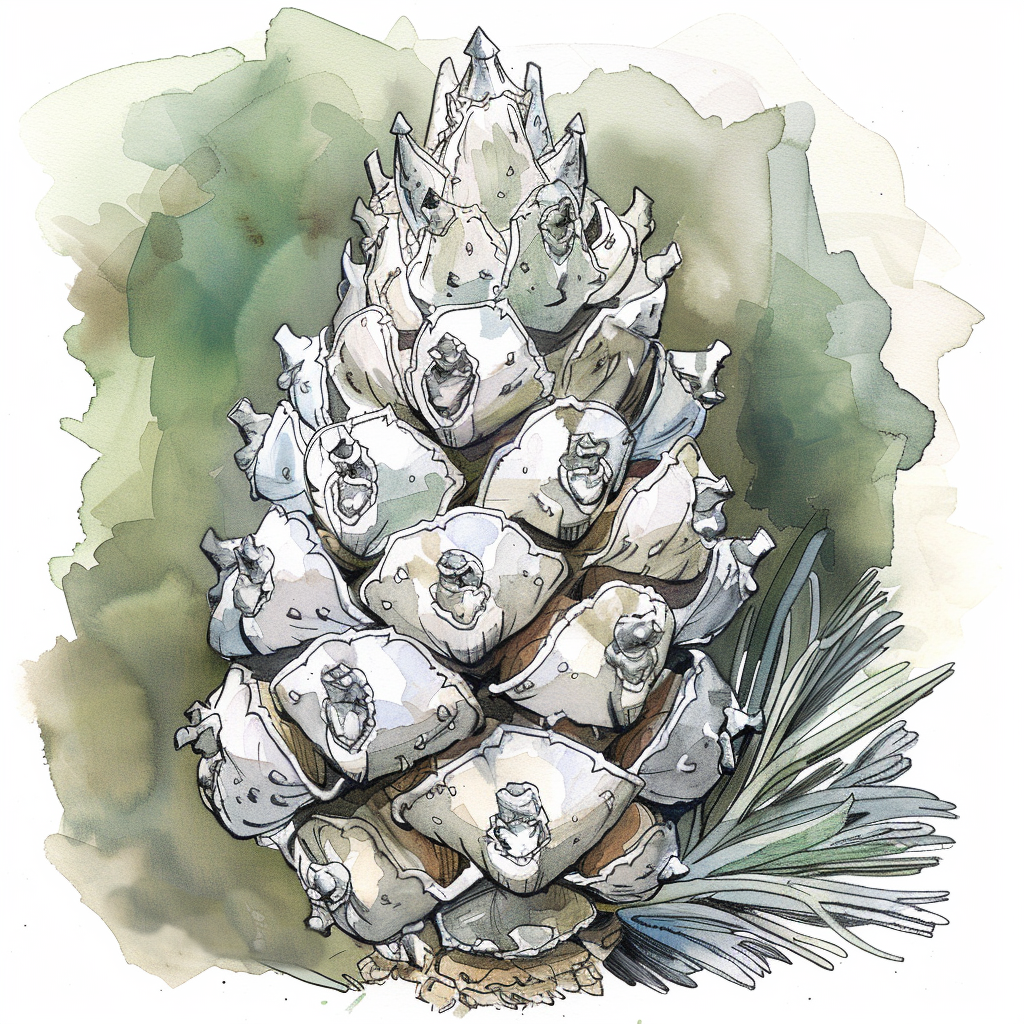
(value depends on size)
Seldom seen outside of the wilds of Arborea, pine coins are used only by the petitioners of the Realms of the Elven Pantheon. They’re basically silver-tipped pinecones from the towering pine trees of the forests. Instead of going to the trouble of minting coins (which also requires fire – a bad idea if you live in trees), the elves send scouts out to pick the pinecone currency they use. The denomination of the cone depends on its size; tiny cones are obviously worth less than large ones. Ever the conservationists, the elves have outlawed anyone except the scouts from picking cones; if everyone picked their own money, not only would the economy collapse, but no saplings would be able to grow and the forest would eventually die. Some of the tax revenue raised by elven councils is planted to help the forest regenerate. Cone coins are virtually worthless outside Arvandor.
Xaos
(?!)
What does one use for money on a plane where nothing lasts? The strong-minded of Limbo can create gold from the chaos soup with merely an act of will, and the weak-minded can just as easily lose their coins in the frenzy of the plane. Anything can be, and frequently is, used as money there. It’s not like barter where you swap things of similar value; literally anything you like can be offered as money. A fish, a lit candle, a handful of mud, a chair, anything. Folk don’t have to accept it, but if they don’t like what you’re offering, chances are it’ll be different in a few moments anyway. Mind you, so will they, if they’re not concentrating!
Cogs

(all denominations)
While some coins carry small serrations on their edges to catch sods shaving off gold to make new coins, the coin minters of Mechanus go a step further. Cog coins actually have teeth which can interlock with those of other coins, as if in imitation of the great machinery which fills Mechanus. This makes the illegal practice of coin shaving virtually impossible, and also serves, some say, to remind petitioners of the old adage that money makes the world go around. Cog coins come in all denominations, from copper to platinum and are most commonly found in Mechanus, Automata, Fortitude, Rigus and surrounding areas.
“is Limbo currency in futility!”
– Hexor Vai, Xaositect, in a more lucid monent
The Root of All Evil
The currency of the Lower Planes is a deadly one, and most bashers would be wise to stay away from it. Still, for those curious:
Blood Money

(1 cp)
These coins are used mainly on Baator and neighbouring planes. There is said to be a mint in Bel’s Fortress on the Blood River in Avernus where these foul coins are manufactured. They’re basically made of congealed blood drawn from the river. As such, they tend to flake away with use until they crumble to dust completely. Sods using these coins are also warned to keep them away from water, as they have a habit of dissolving, forming little puddles of blood. Bel uses blood money to pay his troops, and the usual exchange rate for it on Avernus and Dis is one copper per blood coin.
Ivory Bits
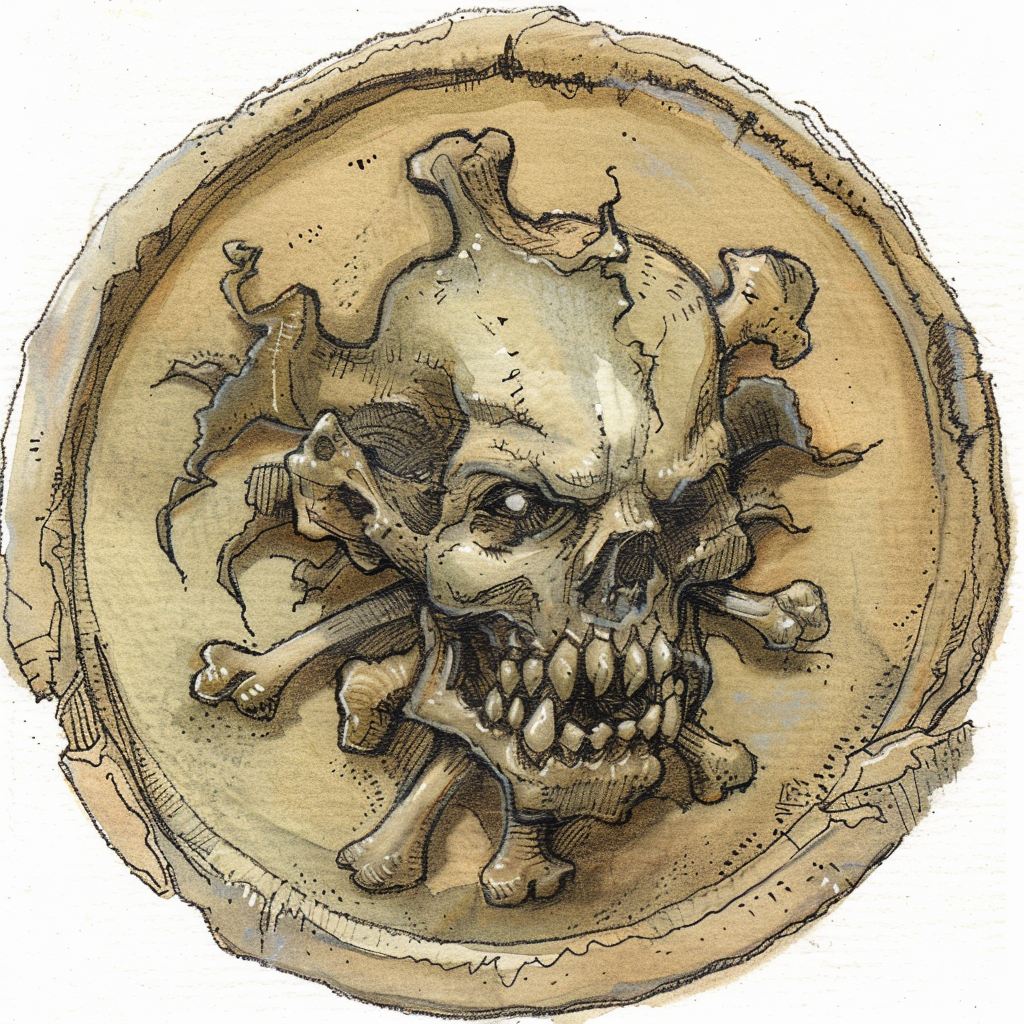
(1 sp)
Cut from the bones of the dead, these discs of ivory are frequently encountered in the Lower Planes where they are valued as silver. Ivory also tends to decay less readily to fiends’ touches, making it more durable than copper, if more brittle. Some words of warning: those who ask fiends which creature’s bones make ivory bits usually find out, and it’s a more painful experience than they could imagine!
Acheron Steel
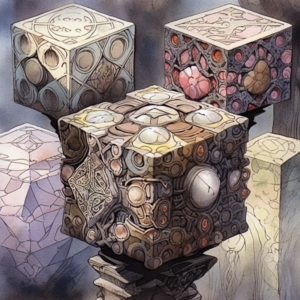
(1 gp on Acheron / 1 sp elsewhere)
From the iron-shod plane of Acheron come steel cubes; small blocks of worked steel with six designs etched onto the faces. These are usually famous battle leaders, the images of Powers or creatures of the plane. On Acheron, steel is a valuable commodity, and cubes are worth the equivalent of gold. Across the rest of the planes however, those who will accept the cubes usually give only silver for them.
Grey Ice
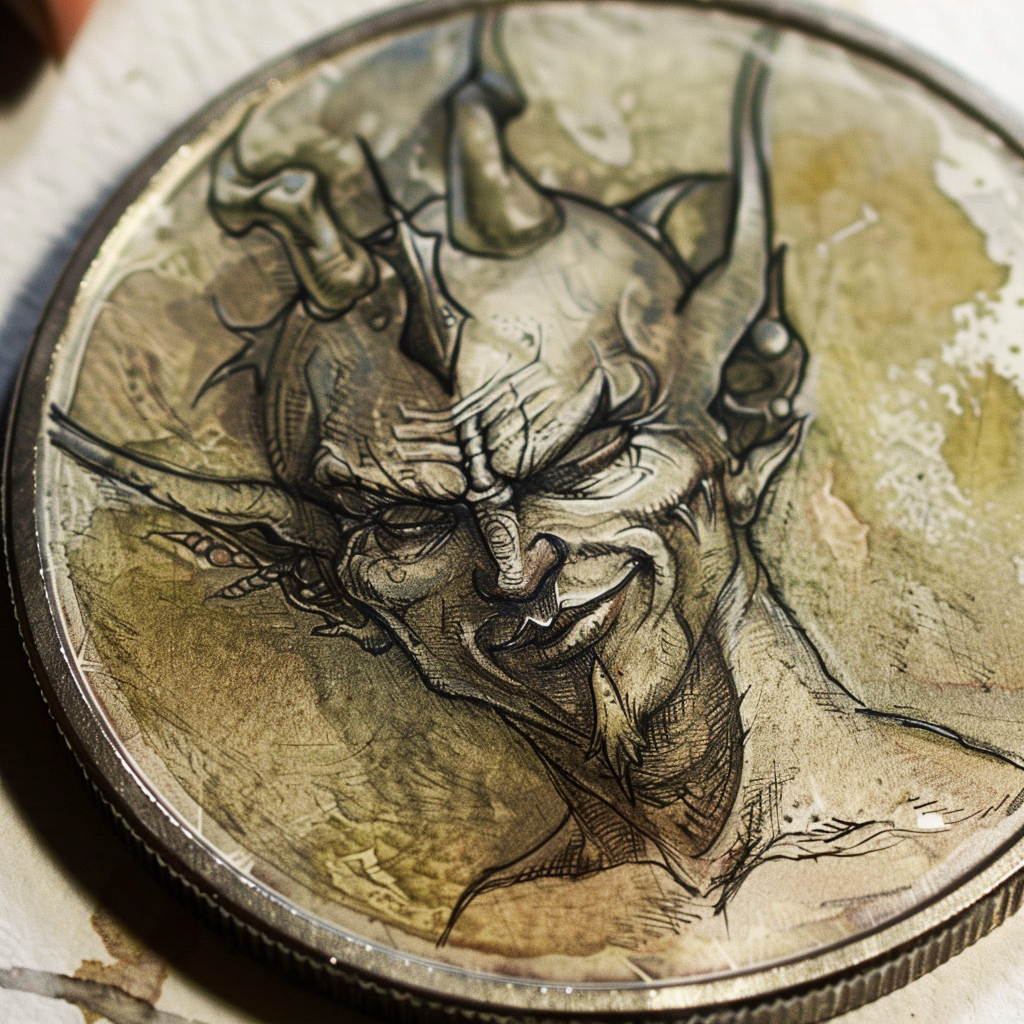
(1 sp)
Used by fiends, grey ice is tungsten metal shaped into rough coins. It’s very hard to work, since tungsten is almost impossible to melt. Even in the hottest magical flames it barely softens, so sheer force has to be used to flatten them. One of the main jobs of slaves in fiendish mines is to dig out grey ice with tools which are softer than the metal itself – not an easy task. One ice is usually equivalent to a stinger, no matter which fiendish Lord’s image is marked onto the coin. It has been known for tanar’ri high-ups to round up all the ice in a burg and re-mint the coins into their own images. Clueless are warned not to give tanar’ri-minted coins to baatezu, or vice versa, as they tend to take offence. Trouble is, it’s often hard to tell one from the other.
Soul Prisms
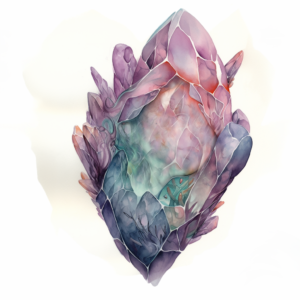
(value varies)
Also from the Lower Planes, and especially Carceri, these prisms superficially resemble the Rainbows of the Upper Planes. However, a berk carrying one of these feels she’s being watched constantly. That’s probably because she is. If you look closely at a Soul Prism, also called a Cage, you can see a tiny face inside; it even seems to scream. It’s the trapped soul of an unlucky petitioner. The value of a Cage depends on the power of the soul trapped inside, and can vary from one gold to a thousand or more. Fiends seem to be able to tell a Cage’s value on close inspection, though how remains dark – as does the method of their creation.
Source: Jon Winter-Holt, mimir.net. Canonwatch: I modified the ‘lodestone bit’ from the 90s mimir site to rename it the ‘lodestar’ as presented in the 5e Sigil & the Outlands book.

